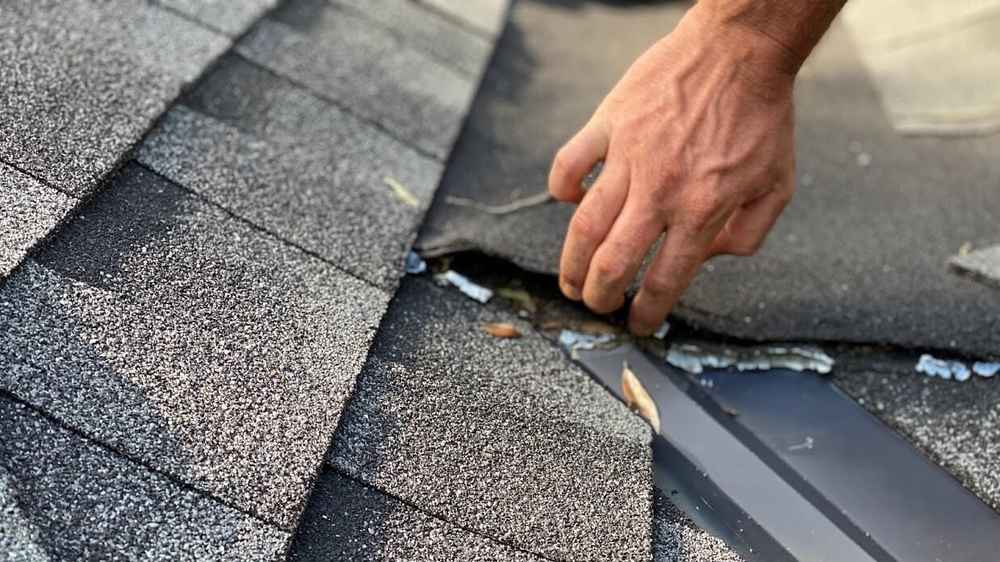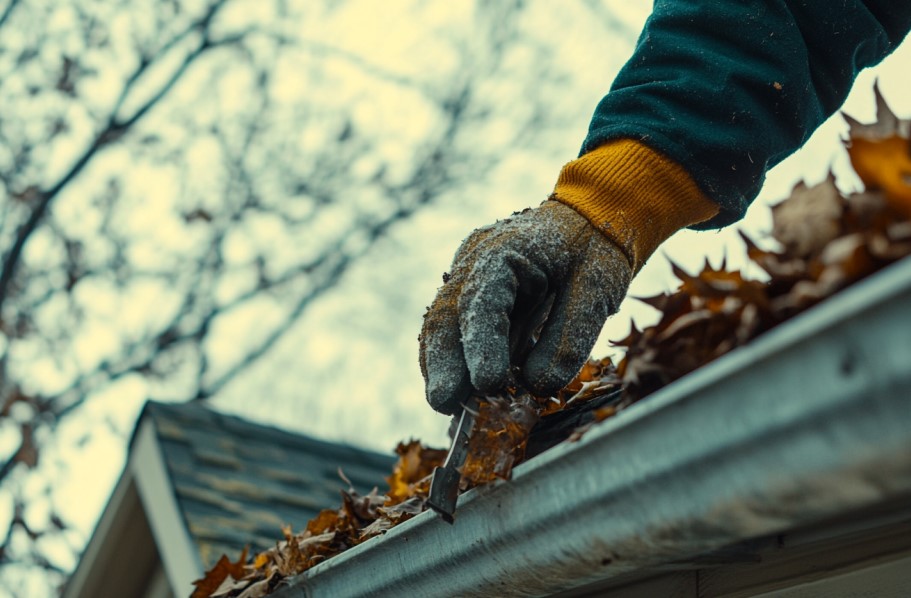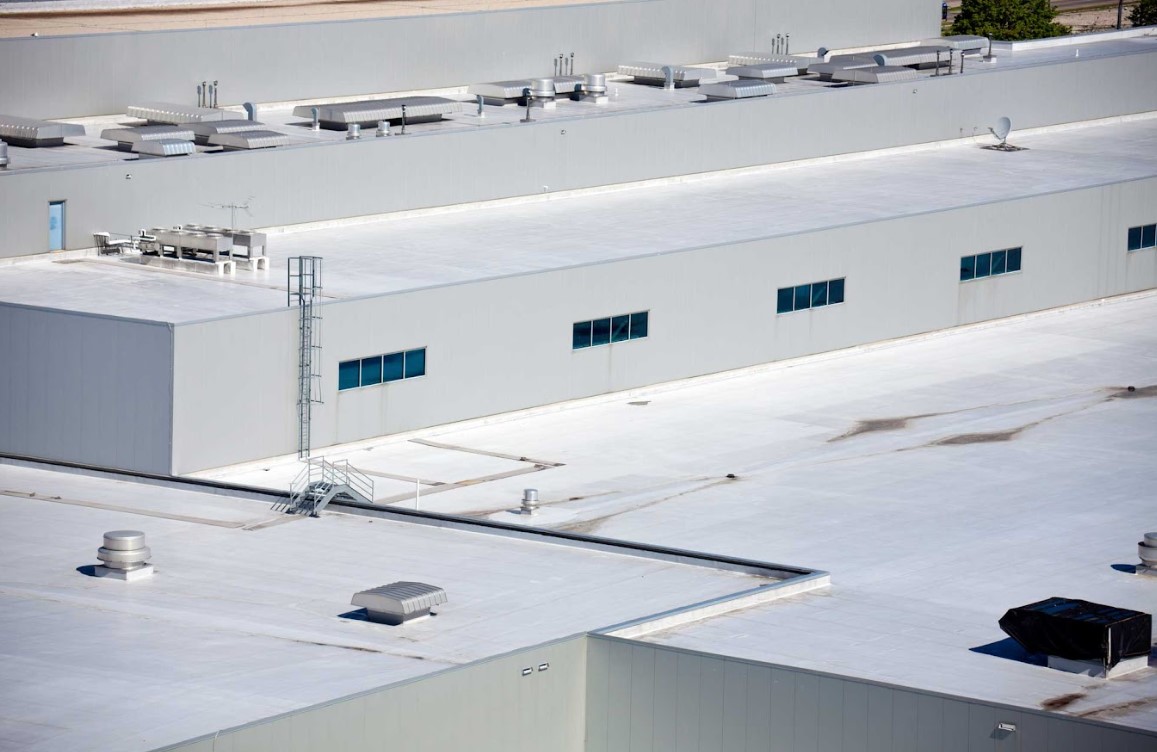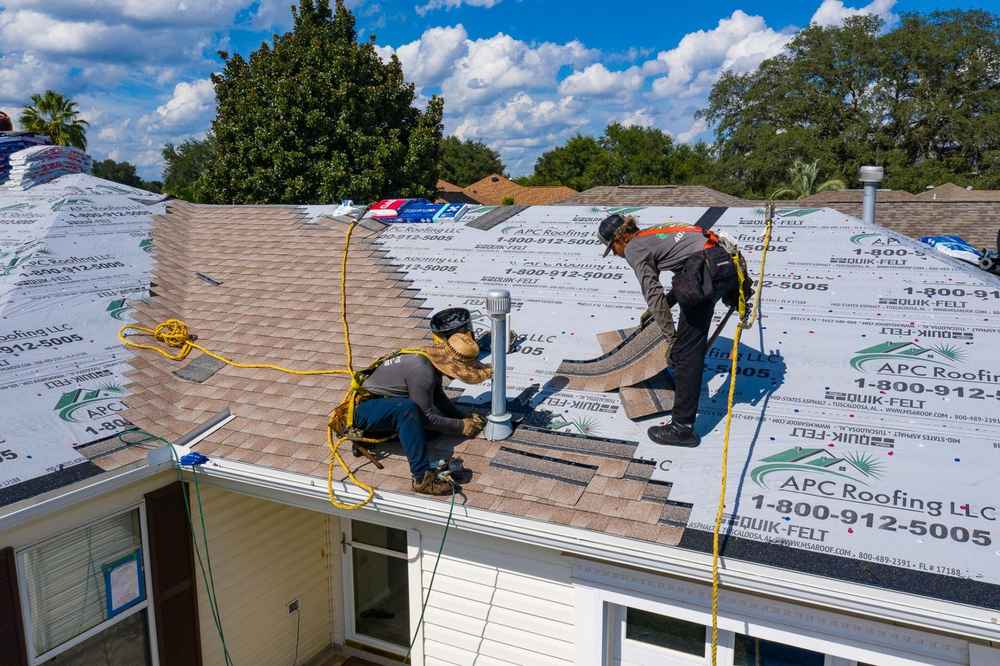Hurricane season in the Mid-Atlantic can bring more than just heavy rain—strong winds, falling debris, and prolonged exposure to moisture can turn small roof issues into major damage. That’s why a proper MD hurricane roof prep plan is essential for every homeowner across Maryland, particularly in vulnerable coastal and inland communities.
Whether you live in Hagerstown, Frederick, or along the Chesapeake Bay, taking the time to complete a storm-ready roof checklist and book a thorough Maryland roof inspection can make the difference between riding out a storm safely and dealing with expensive repairs afterward.
Why Hurricane Roof Preparation Matters in Maryland
While Maryland isn’t in the bullseye for every Atlantic hurricane, it still sees tropical storms and severe weather systems each year. Between June and November, homes throughout the region face high wind gusts, driving rain, and power outages—all of which place extreme stress on your roofing system.
Neglecting hurricane prep may result in:
- Shingle loss and exposed decking
- Interior water damage
- Mold growth in the attic
- Insurance claim delays or denial
- Increased repair costs due to compounding damage
The good news is that MD hurricane roof prep doesn’t have to be overwhelming. With the right steps—and professional support—you can strengthen your roof’s defense and gain peace of mind.
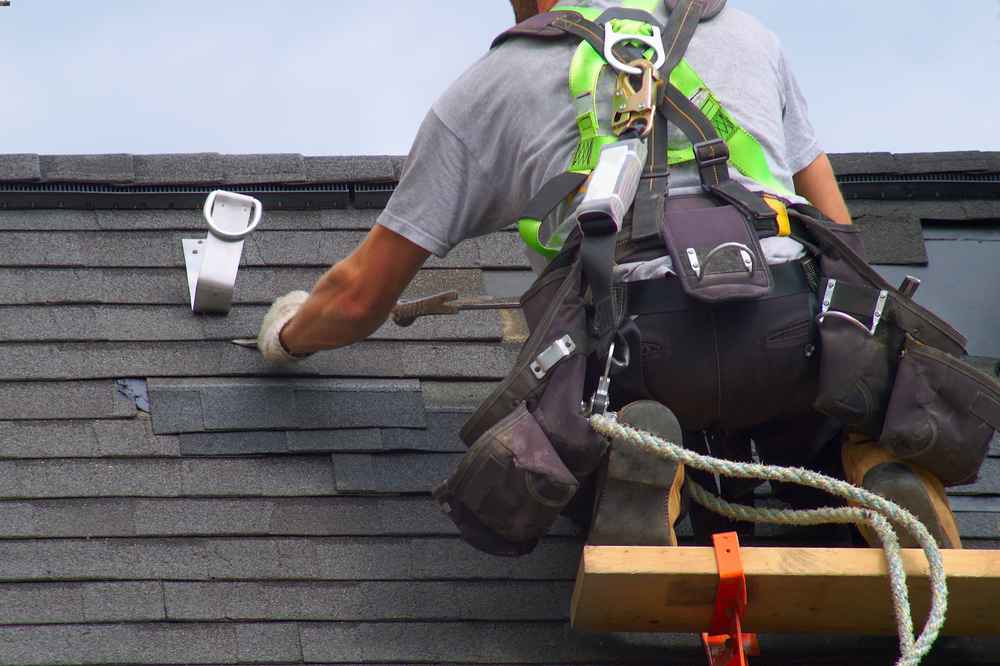
Storm-Ready Roof Checklist for Maryland Homeowners
Not sure where to begin? Use this storm-ready roof checklist to make sure your home is protected before the next major weather system moves through.
Inspect Shingles and Roofing Materials
Start with a visual review of your shingles. Look for:
- Curling or lifted edges
- Cracked or broken tabs
- Missing shingles
- Bald spots missing granules
These signs indicate weakness in your roof’s first line of defense. Shingles that aren’t properly sealed or are already worn down are more likely to be lifted by wind or allow water infiltration.
Check Flashing and Roof Penetrations
Metal flashing is used around chimneys, skylights, vents, and valleys to keep water out. If it’s loose, corroded, or missing, it can become a serious entry point for water.
Make sure:
- Flashing is tightly secured
- Sealant around edges is intact
- No visible rust or separation is present
Clean and Inspect Gutters
Your gutters don’t just manage rain—they help prevent water from backing up under your shingles and causing rot or leaks.
- Remove debris, especially near downspouts
- Confirm gutters are firmly attached
- Check that water flows away from the foundation
Blocked gutters can send water directly under your roofing or into your attic during a storm.
Trim Back Nearby Trees and Branches
Overhanging limbs and dead trees can snap under pressure and fall onto your home. Keep trees at least 6–10 feet away from your roofline. Regular trimming will help reduce the risk of punctures and other direct impact damage.
According to the U.S. Forest Service, proactive pruning can improve tree strength and reduce storm breakage.
Inspect Attic Ventilation and Insulation
Your attic acts as a buffer zone for extreme temperatures and moisture. Poor ventilation can cause humidity buildup, mold growth, and structural degradation—especially during storms.
- Make sure vents are clear and functioning
- Check insulation levels
- Look for signs of previous water intrusion
Secure Loose Items Around the Property
Lawn chairs, grills, kids’ toys, and garden tools can become airborne hazards. Store or anchor items to avoid damaging your roof—or your neighbor’s.
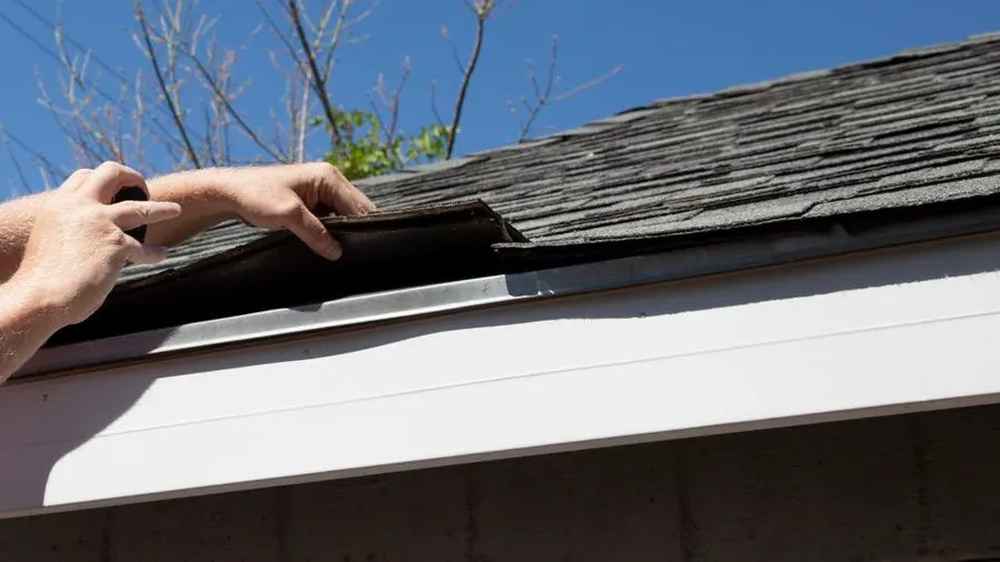
Professional Maryland Roof Inspection Before Hurricane Season
While a visual review is helpful, there’s no substitute for a Maryland roof inspection by a qualified roofing contractor. Home Source Roofing provides free inspections that cover every area of concern—from structural stability to hidden vulnerabilities.
Our team looks at:
- Overall roof age and material condition
- Flashing details and fastener integrity
- Chimney and skylight seals
- Attic condition and signs of hidden leaks
- Existing storm damage or weak spots
This in-depth assessment helps homeowners address small issues before they turn into bigger—and far more expensive—problems.
The Federal Emergency Management Agency (FEMA) recommends annual inspections as part of hurricane preparedness, especially in areas prone to high winds and flooding.
Common Roof Weaknesses in Mid-Atlantic Homes
Maryland’s combination of coastal air, humid summers, and winter freeze-thaw cycles accelerates roof aging. Here are common vulnerabilities to address during MD hurricane roof prep:
Poor Roof Decking Attachment
If the decking beneath your shingles isn’t properly fastened to roof trusses, strong winds can lift entire sections off.
Aging or Improperly Installed Underlayment
The layer beneath your shingles provides an added moisture barrier. Over time, it can degrade or loosen, leaving the roof exposed when shingles are blown off.
Improper Nailing Patterns
Incorrect fastener placement can reduce your shingles’ wind resistance. Storm-grade nailing is critical in hurricane-prone zones.
Inadequate Roof-to-Wall Connections
If your roof isn’t properly anchored to the walls of your home, it’s at greater risk of being uplifted in extreme winds.
Our team evaluates these areas closely during a Maryland roof inspection and provides specific solutions to correct them before a storm arrives.
Steps to Take After a Storm
Even if you’ve done everything right, hurricanes and tropical storms can still cause damage. Here’s what to do after the storm passes:
- Inspect your property from the ground—don’t climb on the roof
- Take photos of visible damage or missing shingles
- Check the attic for signs of leaks or moisture
- Contact Home Source Roofing for a full post-storm roof assessment
- File an insurance claim if necessary, using our documentation and estimates
Acting quickly can help you prevent further damage and give you the best chance of insurance approval.
Is Your Roof Hurricane-Ready? Let’s Find Out.
Don’t wait until the next storm warning to take action. Preparing your home with a storm-ready roof checklist now could save you thousands in emergency repairs later.
At Home Source Roofing, we specialize in MD hurricane roof prep, giving Maryland homeowners confidence before, during, and after hurricane season. Our free inspections are thorough, honest, and come with actionable recommendations.
Whether you’ve never had a roof inspection before or it’s just time for a pre-season check, our team is here to help you get ahead of the storm.
Get a free inspection now and take the first step toward making your roof hurricane-ready today.

